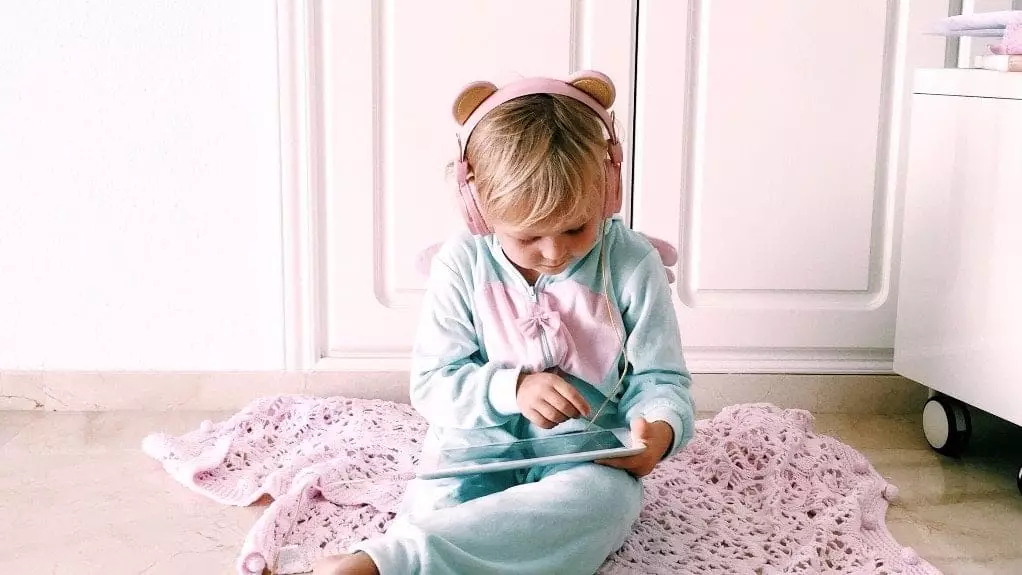Parenting a child who exhibits signs of anxiety can be a complex and emotionally draining journey. This experience is often not just about managing the anxiety itself, but also about fostering an understanding environment where the child feels safe to express their worries. The delicate balance between addressing their fears and empowering them to develop effective coping mechanisms is crucial. One of the first steps in managing a child’s anxiety is recognizing and empathizing with their experiences. Children, unlike adults, may not have the vocabulary or insight to articulate their feelings clearly, which can lead to frustration for both parent and child.
Many parents find themselves mirroring their child’s anxious tendencies. Observing our children struggle with worries can evoke a sense of helplessness, pushing us to take measures to alleviate their discomfort. Some children, like the aforementioned “Wemberly Worried,” become overwhelmed at the prospect of change or unfamiliar situations, no matter how trivial they may seem to others. This scenario echoes across many households and highlights a need for increased awareness of and sensitivity towards childhood anxiety.
A structured environment can often provide comfort to an anxious child. Routines establish a predictability that helps children feel secure. For instance, introducing a consistent bedtime regimen—including reading time, stretches, and breathing exercises—can significantly aid in calming a restless mind before sleep. Communication plays a pivotal role as well. By openly discussing upcoming changes—be it a family event, a new school year, or even a mundane activity—parents can alleviate anxiety through transparency. Children should feel like they are part of the discussion and not just passive recipients of decisions that may impact their comfort.
Furthermore, understanding the importance of timing is just as critical. Offering explanations well in advance provides children ample time to process potential changes. By answering questions and validating their concerns, parents can foster an environment where children feel supported rather than dismissed. This is not to say that anxiety will vanish entirely, but such proactive strategies contribute positively in managing overwhelming feelings.
When anxiety does persist, seeking professional help can be invaluable. Engaging a therapist can provide children with tools to navigate their feelings and establish healthy coping mechanisms. Therapy isn’t just a remedy for the child; it can also empower parents with insight into their child’s anxiety triggers and offer strategies tailored for their unique personality. Understanding that seeking help is not a sign of inadequacy, but rather a proactive step toward fostering resilience, can lead to lasting change.
It is also essential for parents to practice self-care during this process. The stress of coping with an anxious child can take a toll on parents’ mental health. Finding outlets for their own emotions, whether through support groups, therapy, or personal hobbies, is equally important. Parents who take care of themselves are better equipped to provide the necessary support for their children.
Empowering children to take charge of their anxiety can be a transformative experience. Introducing coping tools such as deep-breathing techniques, visualization practices, or journaling can help them manage their thoughts independently. By creating a ‘calming toolbox,’ children learn to utilize strategies that resonate with them, helping to cultivate a sense of agency over their emotions.
It is equally important to allow children the space to process their feelings. As parents, the instinct may often be to intervene quickly to ease their worries. However, learning to let children sit with their discomfort can be an essential part of their growth. It allows them to develop resilience and become more adept at self-soothing when situations arise in the future.
Understanding and managing anxiety in children is no small feat; it requires patience, understanding, and a willingness to adapt. Throughout this journey, parents are given the unique opportunity to nurture both their child’s growth and their own emotional resilience. Knowledge and compassion will pave the way toward fostering a sense of empowerment, allowing children to navigate the often turbulent waters of anxiety with confidence and grace. Ultimately, the goal is not just to mitigate anxiety but to promote a life filled with curiosity, adventure, and the ability to overcome challenges—because both parent and child are capable of enduring growth together.

